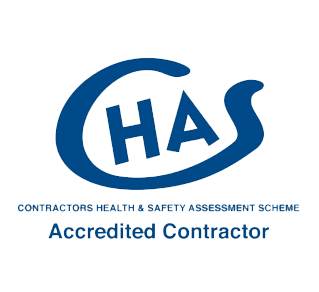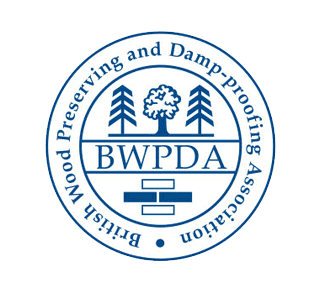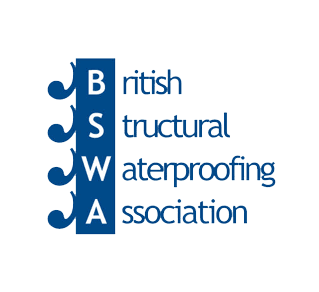Remedial Wall Ties Installation & Replacement
Typically, Cavity Walls are constructed with an outer skin of brickwork, a 50mm wide cavity, and an inner skin of brickwork or blockwork, the average total thickness commonly being 250mm to 300mm.
The two skins are tied together with Cavity Wall Ties, usually 900mm apart horizontally and 450mm vertically. Extra ties are installed around window and door openings.
Cavity Wall Tie Corrosion
There are two principle Structural problems created by corroding Cavity Wall Ties.
1. The ties can corrode in the cavity and break, such that the outer and inner skins are no longer tied together. If this occurs, there is a distinct risk of the outer skin collapsing, especially under high winds which cause suction on the face of the wall.
2. The more common problem is when the part of the Cavity Wall Tie embedded in the outer skin corrodes. This tends to occur on South and West facing elevations which are exposed to driving rain and which are often wet. Rust occupies a greater volume than the original steel and therefore the expansion of the corroding tie in the bed joint forces it to crack. Cracks running along the bed joints, every 450mm up the wall, are a good indication of Cavity Wall Tie corrosion.
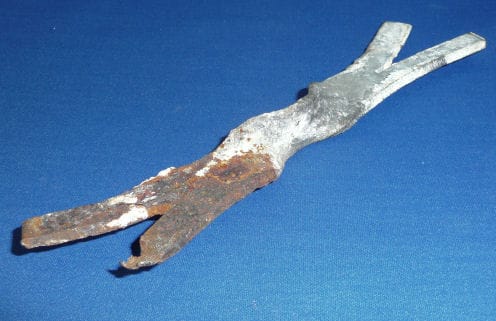
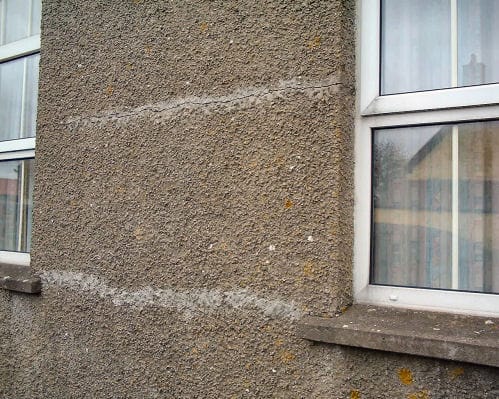
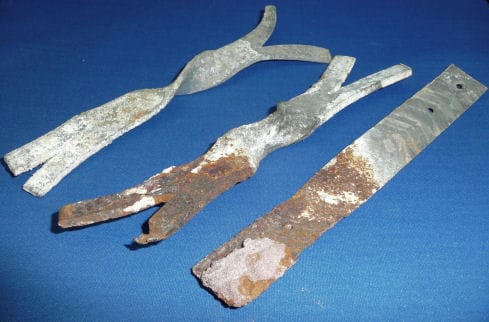
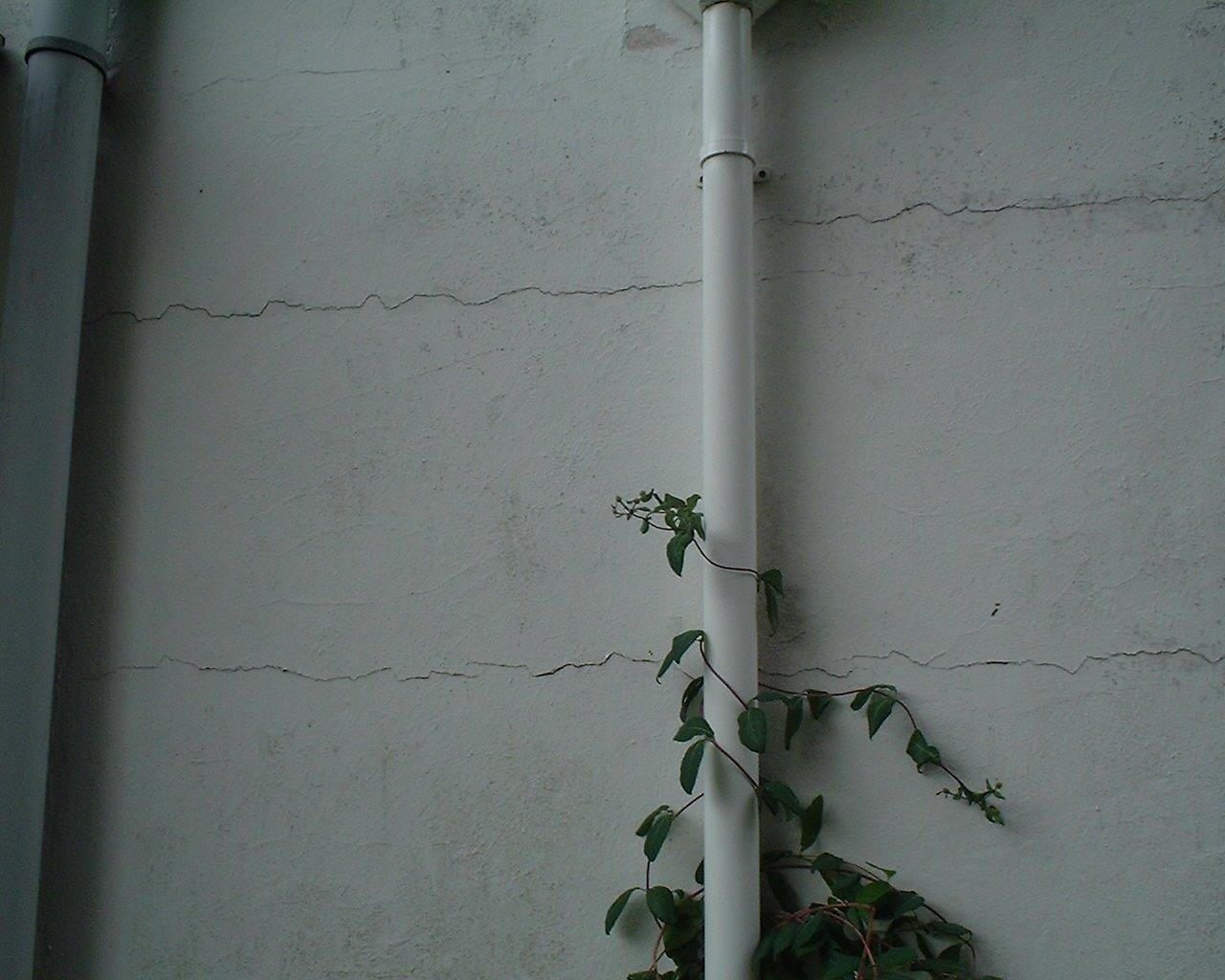
Cavity Wall Tie Survey and Replacement
Protectahome carry out Cavity Wall Tie inspections and have a wide range of remedial strategies to choose from in the event that Wall Tie replacement is deemed to be required. Our remedial Wall tie Service usually carries a long term Guarantee from the company and may be subject to the issue of further insurance backed guarantees (Guarantee Insurance) if required.
With offices in Bristol, Bromsgrove, Cardiff, Cheltenham, Leamington Spa, Llanelli, London, Newport, Plymouth, Stockport you will never be too far away from a Protectahome Surveyor. For advice or to book a Survey please Contact Us on 0800 055 6966 or alternatively email us via web@protectahome.co.uk.






